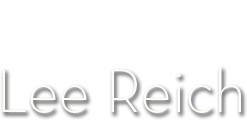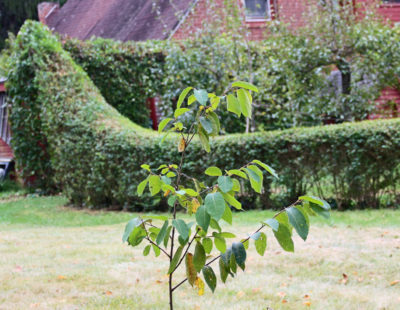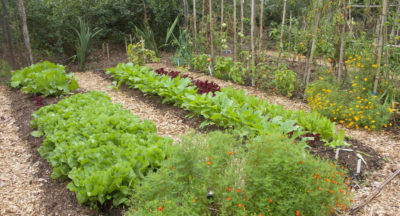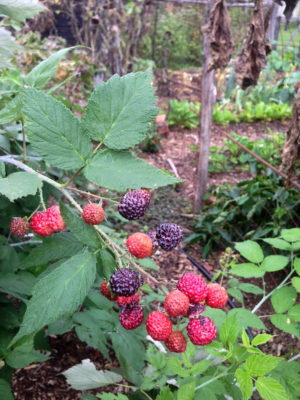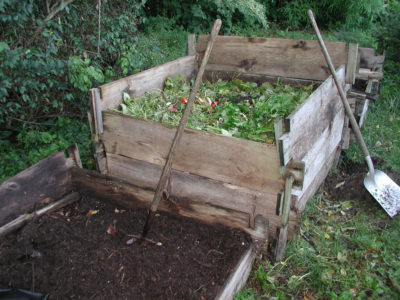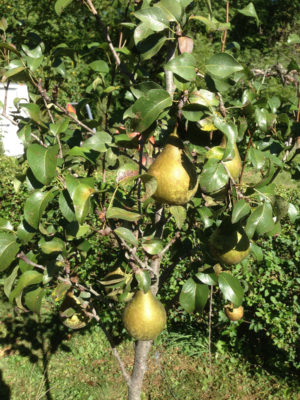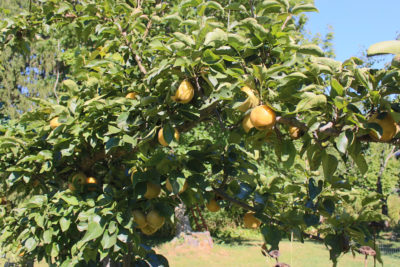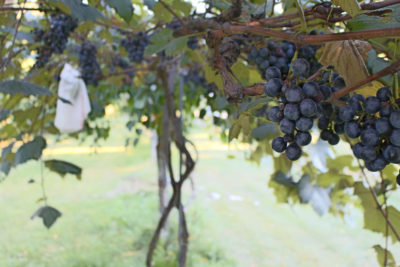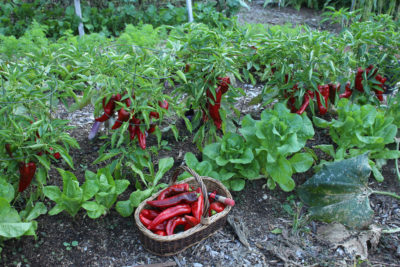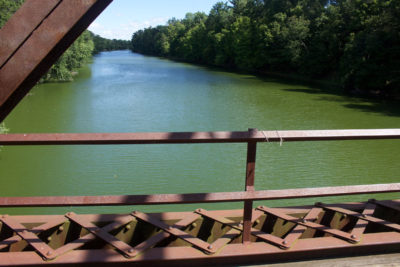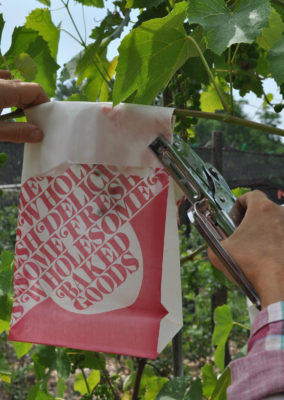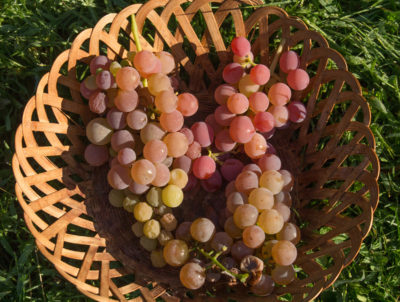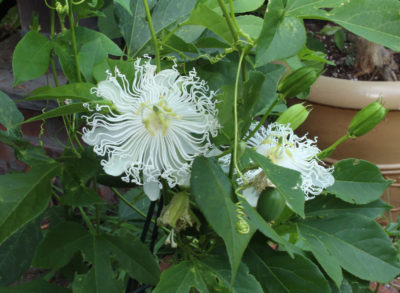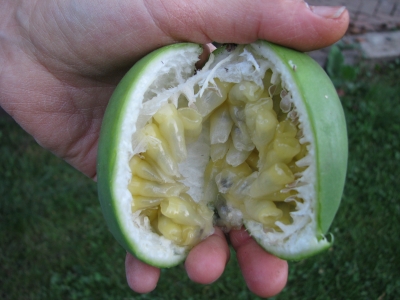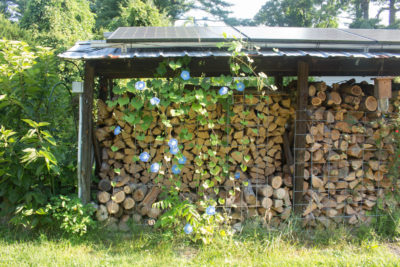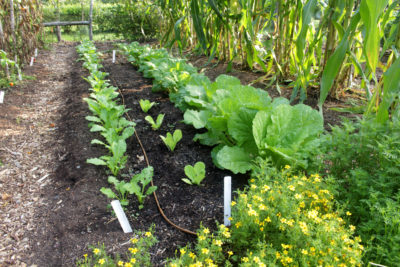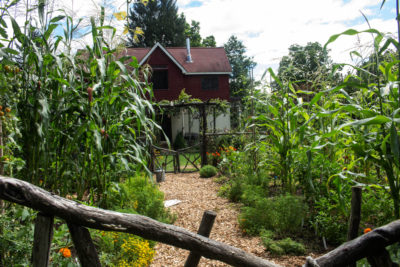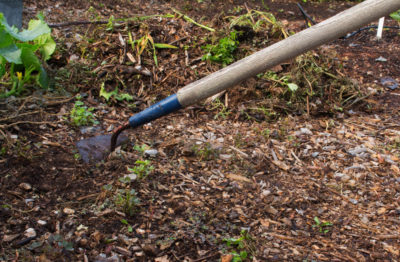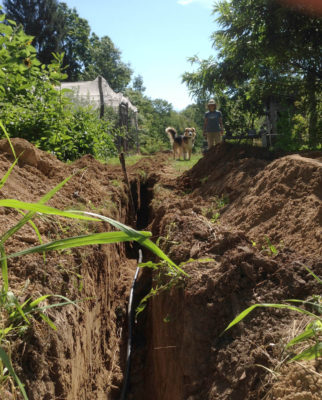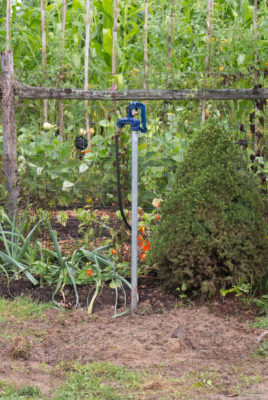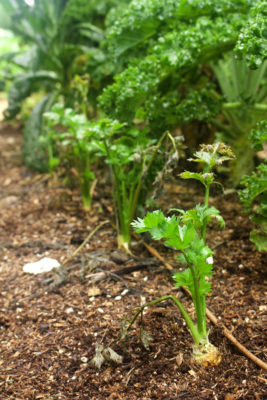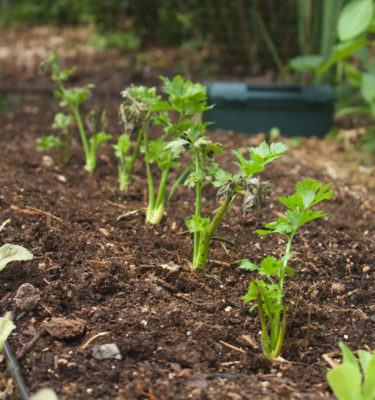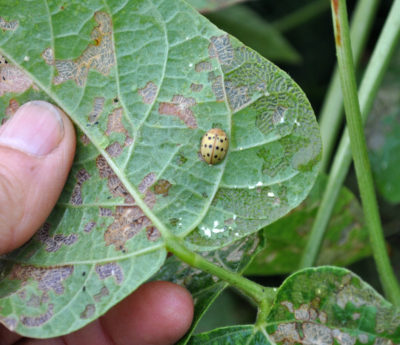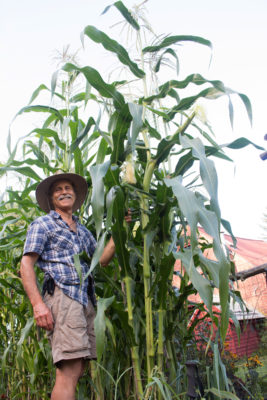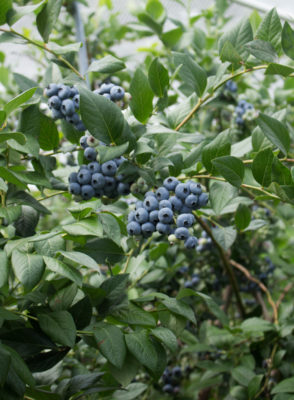DUCKS AND TOMATOES
My Discerning Ducks
Every morning when I throw open the door to my Duckingham Palace (a name coined by vegetable farmer Elliot Coleman, for his duck house), my four ducks step out, lower their heads as if to reduce air resistance, and race to the persimmon tree. They trace a large circle around the base of the tree, scooping up any fallen persimmons and, still running, gulping them down quickly enough so no other member of the brood snatches it.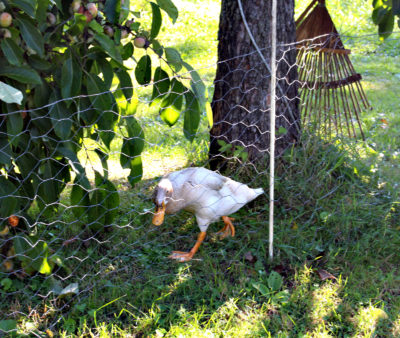
The circle is wide because of the low, temporary fence I’ve set up around the tree. Within the fenced area, I gather up most of the fallen fruit for myself. The ducks, can’t, or haven’t figured out how to, fly over an 18 inch high fence.
My tree is an American persimmon (Diospyros virginiana), native to eastern U.S. from Florida to northern Pennsylvania. Until they are dead ripe, most American persimmons taste awful, with an astringency that dries out your mouth. (As Captain John Smith, of Pocahontas fame, wrote, “When a persimmon is not ripe, it will draw a man’s mouth awrie with much torment.”) Some persimmons never lose that astringency, even when ripe, and here, in the northern reaches of persimmon growing, the season isn’t long enough to ripen most persimmons.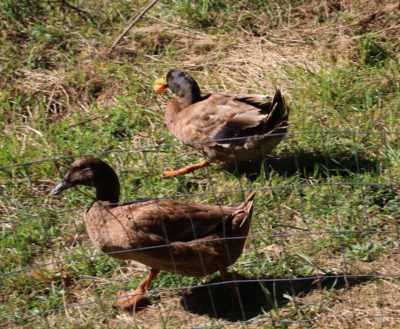
But good persimmons, when ripe, taste like dried apricots that have been soaked in water, dipped in honey, and given a dash of spice. Mine are selected varieties that ripen this far north, the first, Mohler, beginning in early September, and the second, Szukis, beginning in early October. (I grafted both varieties on one tree.) They also set fruit without the need for the separate male pollinator that most American persimmons require.
I highly recommend planting an American persimmon tree. Besides bearing delicious fruit, the tree is attractive all season long and shows off its pretty bark in winter. All this, without the need for spraying or pruning. (I wrote about American persimmon in my book Uncommon Fruits for Every Garden.)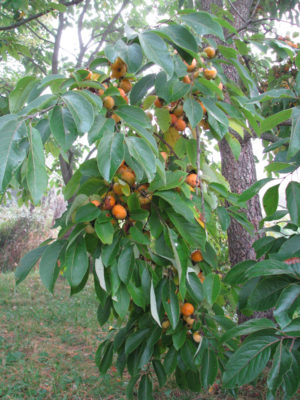
And the Winning Tomatoes Are . . .
As of this writing, tomato plants have not been killed by cold. But with cool weather and disease, they’re pretty much done for the season, bearing few or no fruits. That is, except for Sungold, the most tasty variety of cherry tomato. It just keeps pumping out ropes of orange fruits.
I grew over 20 varieties of tomatoes this year, all heirlooms, except for Sungold. My main criterion for planting any variety is flavor, which was very similar for certain varieties of tomato. They did differ in productivity, my second criterion for choosing a variety. So next year I plan to pare down the number of varieties I grow to the best tasting, most productive ones.
Topping that list will be San Marzano. Right off the plant, eating one is like eating bland cotton. Thrown into pot with a little water to prevent burning and simmered till soft, and the flavor morphs to tart, tomato-y richness. No wonder, canned San Marzano tomatoes are labeled as such in Italy.
Moving on to fresh eating tomatoes . . . Sungold, of course, with eight plants supplying enough for grazing outdoors and salads indoors. Anna Russian, Paul Robeson, and Red Brandywine all have excellent flavor and bore well and late into the season. Anna Russian is also quite good for paste.
Carmello and Valencia are good-tasting tomatoes, although not as good as Anna Russian and company. I’ll grow these two because they’re also very productive, and their fruits are almost perfect spheres. Many heirloom fruits are interesting for their convoluted shapes but sometimes I want just a standard issue, round tomato (that also tastes good).
One more possible variety is from seed a reader sent me a few years ago, a variety labeled Winterkeeper. The fruits allegedly store very well. The plants are still growing well; soon I’ll see how long into fall I’ll be eating tomato sandwiches. Ones I’ve already sampled have pretty good flavor.
Persistent, Young, and Vigorous
Every time I walk back to the compost bin and see the volunteer tomato vine insinuating itself out of a gap in the slats of the bin, I’m reminded of the importance of crop rotation. This vine is still lush and green, and laden with perfect, red, pear-shaped tomatoes.
Sure, the vine could be healthy because its roots are running through the rich, brown compost within the bin. Perhaps the vine is so healthy because, as a random seedling, its genetics, by lucky chance, makes it so.
Most likely, this plant is so healthy and productive because it’s growing where no tomato has grown before. No disease spores linger there from previous crops of tomatoes. (The plant got a late start for the season, so its youthful vigor could also have a hand in its health.) 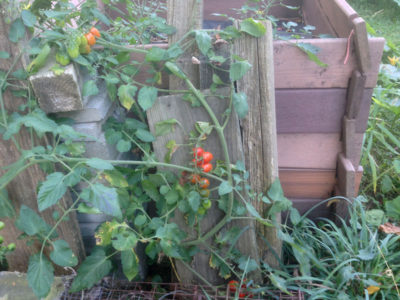
I rotate my tomato beds every year, but that only puts them 10 feet or so from beds of the previous year. That’s the problem with home gardens; it’s hard to get plants far enough away from where they recently were. Thorough cleanup and mulching help, but go only so far.
I have the luxury of two vegetable gardens separated by 50 feet of lawn, one of which hasn’t been home to tomatoes for over a year. Next year it will be.
The flavor of the compost-grown tomato? Good enough, not great.
